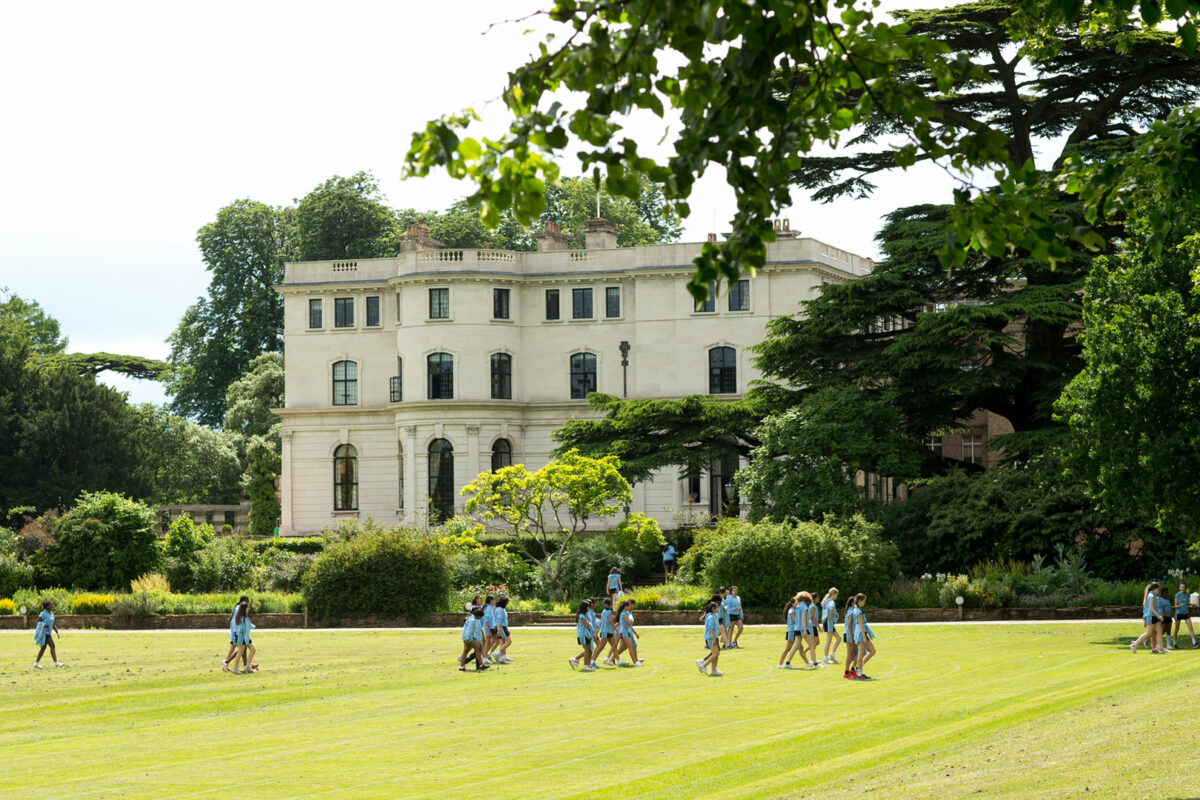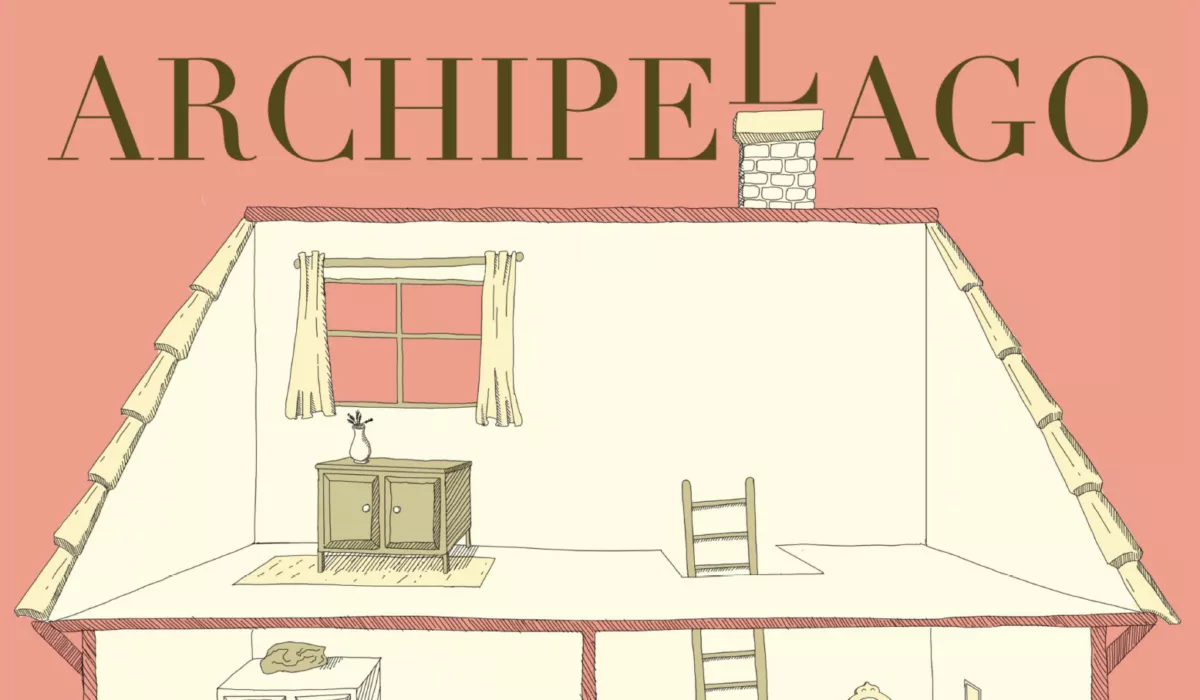Thinking
Born into a family of wealthy Parisian art dealers that specialised in antique tapestries in the early 1900s, fabric and clothing shaped Louise Bourgeois’ childhood. As a child, she was dressed up just as any young girl of her social standing would be; she was wearing Chanel and furs at 13. She believed fervently in the idea that clothing tells a story and as she grew up, she began to associate her undergarments with her ‘intolerable suffering because they [hid] an intolerable wound.’ Her particular emotional connection to underwear, specifically night dresses and slips, becomes prominent in her later works, making its first appearance in 1996, in Cell (Clothes), one in her series of ‘Cells’ she made in the latter half of her career.
In the same year she created one her most poignant works as part of another
series of hers entitled ‘Pole Pieces’. Here she hung a selection of old undergarments and slip dresses (some of which had belonged to her mother), on large, jutting cattle bones, which served as hangers.
On the base of the metal structure are the words ‘Seamstress, Mistress, Distress, Stress’, words thatseem to summarise the psychological impact her upbringing had on her. Bourgeois was first inspired to incorporate items of clothing into her work when her assistant suggested they go through boxes of old clothes she had kept in her attic. She said they worked together to hang up all the clothes and categorise them according to the ones she would want to keep intact in her installations, those she would take apart and use in sculptures and those she would get rid of. This moment started her in a new phase of her career during which she tackled her childhood memories and trauma through clothing and textiles.
Throughout this exploration, she played on varied symbols of maternity in relation to textiles and clothing, most notably the spider. She has commented on how the mother spider does not grow angry when someone ruins her web, rather she begins to rebuild, a value she somewhat admires in them. This struck a chord with her as she grew up around tapestry restorers; she was trained to see beauty in the worn and battered. I believe she takes a similar approach to her own work, building on and working into her fabrics in order to make something beautiful from her traumatic childhood.
This article is taken from student publication ‘Archipelago’ click here to read the full magazine.
— SOLÉNE, Sixth Form Student



